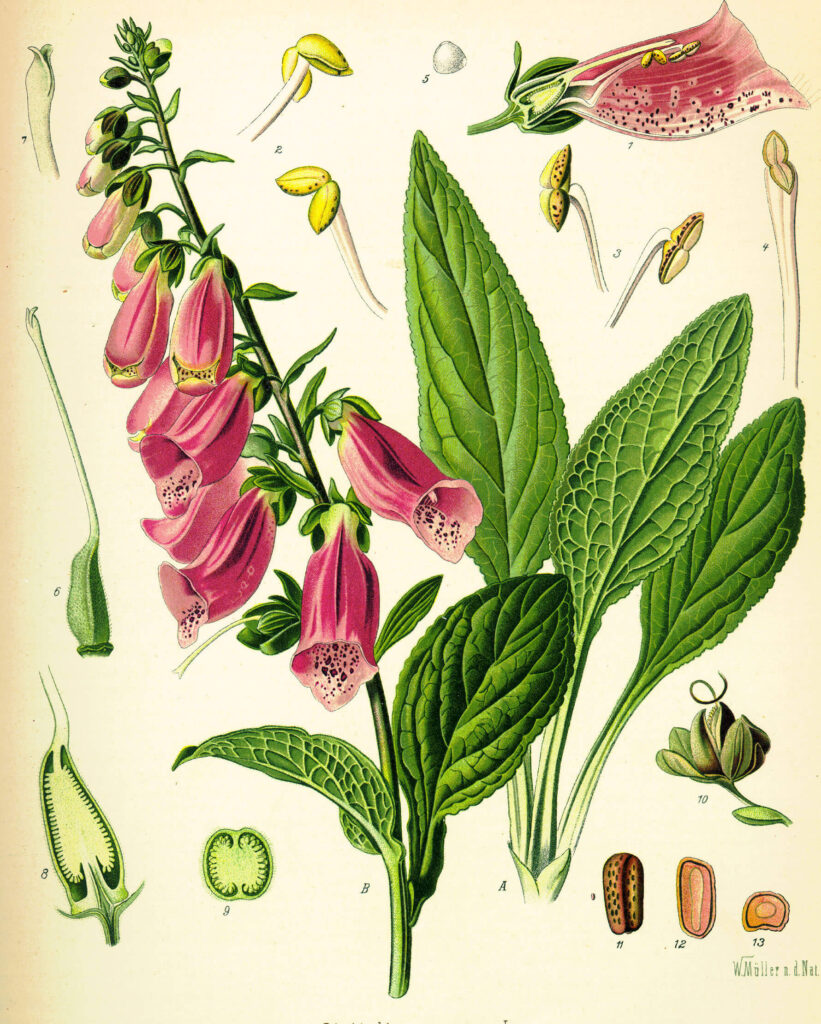Visualize stately spires five or six feet high and covered with pink, red, or golden bells. That’s what foxglove looks like.
Some species can climb up to seven feet high, while others grow just two feet high. Whether you want a tall border at the back of a flower bed or colorful spikes in the center, foxglove can fill the bill.
Forget the fact that Digitalis purpurea, the common foxglove, was used to conjure up poison in an Agatha Christie mystery. You can even ignore that fact that the foxglove-derived drug Digitalis is a useful heart stimulant.
Advertisement - Story continues below
Request advertising info. View All.
Gardening expert Ken Druse says many types of Digitalis originated in Europe, North Africa, and Asia. The Latin name come from the word for finger, digitus. The flower resembles a finger, the finger of a glove, or a bell.
Druse, author of The Collector’s Garden (Timber Press) says that according to legend, foxes wore them as finger gloves to keep their paws dry. In medieval England, the plant was called foxes glofa, or foxes bells.
The most reliable perennial species is D. grandiflora or D. ambigua (USDA Zones 3-8). They are about two feet tall and produce large yellow flowers for more than a month during summer, with a few flowers appearing after that.
A perennial species often found in catalogs is the D. ferruginea (Zones 4-9). With red flowers, it grows up to seven feet tall.
